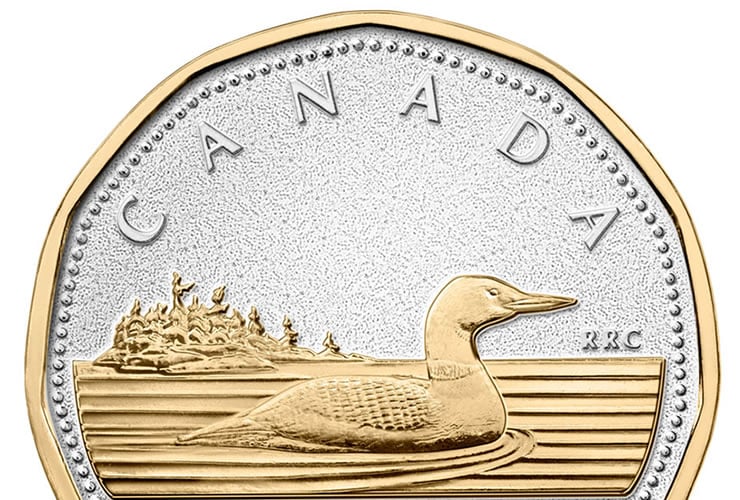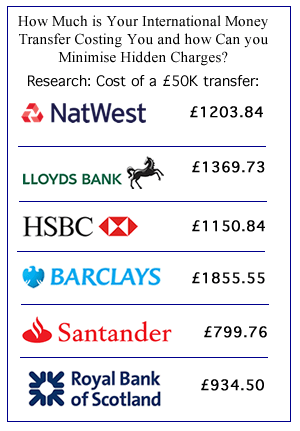Canadian Dollar Forecast to Struggle Against Pound, Euro and US Dollar by CIBC Capital Markets

Predictions for the Canadian Dollar suggest it will weaken versus all its major trading partners over the next two years.
This is according to analysts predictions made by Canadian investment bank CIBC Capital Markets.
Unrepresentative economic data which has distorted the true state of the real economy is one of the reasons for the pessimistic forecasts.
"The loonie was able to pop its head above water to begin the new year, but that bout of strength is likely to fade in the coming months," says CIBC’s Royce Mendes, in a note seen by Pound Sterling Live.
Canadian data releases have generally been surprising to the upside over recent months, but Mendes argues the output gap in the economy is still on track to only close in 2018 and at least one measure of core inflation is showing weakness, likely keeping the Bank of Canada on the sidelines for the current year.
The outcome gap referred to here means the economy is not working at its full potential – normally because unemployment has further to fall before wages start rising.
Rising wages = higher inflation = need for higher interest rates = a stronger Canadian Dollar.
In the case of USD/CAD specifically, the Canadian Dollar will almost certainly lose ground due to rising US interest rates relative to Canadian interest rates which are not likely to rise anywhere near as fast.
Currencies of countries with rising interest rates tend to perform better as foreign investors single them out for investment opportunities since they are likely to a) provide higher returns from more interest, and b) result in an appreciation of their investment from the rising value of the currency.
Expectations that the Bank of Canada might raise interest rates in Canada this year were dealt a blow on March 1 when the BOC announced that they did not foresee this happening due to major uncertainties facing the economy and the fact that rising inflation was more due to the rise in oil prices than real economic growth.
Indeed, commentators said the BOC had probably intentionally presented a “half glass empty” view of the economy in their statement, in an attempt to halt the rise in market interest rates and the Canadian Dollar, so as to keep Canadian export growth on track.
There are also major fears about the impact of Trump’s new trade policies on Canada since it exports 74% of its goods to the US.
The imposition of a much-touted border tax on Canadian goods, of perhaps 20%, would have a detrimental impact on Canadian exports and the Loonie.
However, the idea of an oil ‘carve out’ or exemption to the border tax has also been discussed which would soften the blow on Canada as its biggest export to the US is oil.
A further permutation in relation to USD/CAD is the extent of the stimulus programme in the US as historically Canada has often benefited from US stimulus and growth.
The Canadian Dollar was recently given a shot in the arm in Donald Trump's address to the US Congress in which he reitered his fiscal stimulus and infrastructure spending policy agenda.
There were fears spending on infrastructure would be watered down in favour of massive increase in defence spending.
But, other currencies are likely to advance on the Canadian Dollar too.
"Policymakers at the Bank of Canada, who were frustrated by the loonie’s appreciation versus other major currencies, will also get some relief as CAD is set to underperform on other crosses too. As stimulative monetary policies in other jurisdictions begin to wind down later in the year," says Mendes.
Forecasts
CAD is predicted to weaken steadily from a current 1.33 to 1.38 versus the Dollar (USD/CAD) at the end of the first quarter of 2018.
Versus Sterling it will also fall, with GBP/CAD rising to 1.79 by Q1 2018, from its current 1.64.
Against the Euro, the Canadian Dollar is forecast to lose value, sliding to 1.57 by Q1 2018 from a current 1.41.

